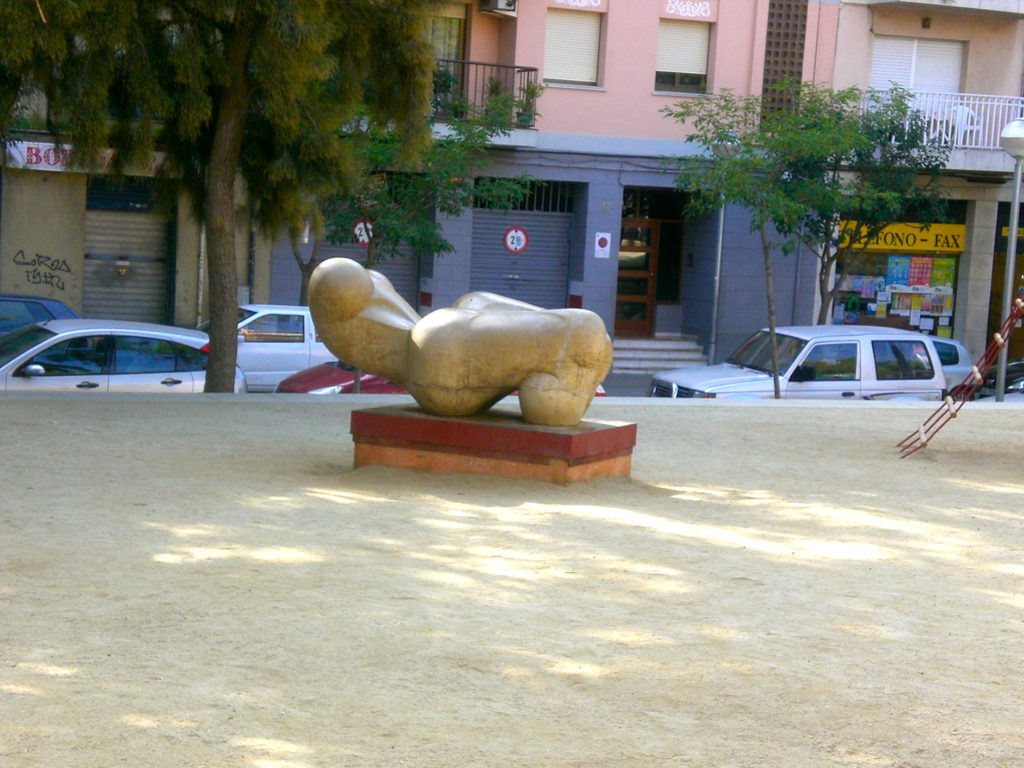


Intruder Zone 3 raises a reflection on art and education in relation to public space and the territory, which revolves around questions such as:
· Is there art in public and common spaces, outside of spaces such as the museum or the art center?
· What function is given to art in this context?
· How do artistic objects and processes relate to the territory and the people who inhabit it?
· What is the relationship between educational centers and the territory in which they are located? And between educational centers and the cultural and artistic practices that are around them, especially the cultural practices of the students?
Intruder Zone 3 aims to provoke reflection and experimentation on the relationships between art, education and the territory and to relate the activities carried out in the center with its context, either from practice (through interventions in public space or collaborations with other entities) or theoretical reflection.
In order to analyze the relationships between culture, education and territory, we define four areas of study:

A monument is a statue, building or other type of artistic creation located in the public space, created to commemorate a person or an event that has become important for a specific social group. We will have the collaboration of Jesús Nieto, art historian, urban planner and neighborhood activist.

During the last decades, artistic projects have proliferated that go beyond the limits of traditional public art, since they are not limited to placing works of art in the streets and squares, but are characterized by working with communities to create representation or discourses in a collective way, and conceive the work in art as a continuous and open process and no longer as the production of an object, and by inserting themselves in social, cultural and economic networks that surpass that of the artistic field itself. We will analyze and use the mobile container that the collective a77 and the architect Pau Faus made in the artistic production center Can Xalant. This container consists of a caravan that will allow developing activities related to creation in different places of the city. The caravan, apart from serving as a case study within the framework of Intruder Zone 3, will also function as a mobile structure for the itinerancy of the project between the different secondary schools.
More information at: http://wecanxalant.blogspot.com

In the cultural analysis of public space we can also consider the practices that have to do with the daily work of each of us. In this sense, we propose to include as one of the areas of study those practices that the students of the education centers and participants in the project consider of interest and pertinent to analyze in relation to art, education and the territory. Through the activities that will be developed, we will try to involve the students as co-producers and co-curators, and they will be encouraged to propose for the study cultural practices that are developed or detected in their environment.
Intruder Zone 3 has the elements and sequencing that have defined this project in its previous editions:
· A mobile container that will travel through the different centers (September – December 2009.
· A program of activities to be carried out in parallel in the classrooms (September – December 2009).
· Exhibition in the municipal exhibition hall Espai f (early 2010).
· A mobile container that will travel through the different centers (September – December 2009).
· A program of activities to be carried out in parallel in the classrooms (September – December 2009).
· Exhibition in the municipal exhibition hall Espai f (early 2010).
Intruder Zone 3 will be developed in three phases of work. In each of them, contexts, devices and frameworks will be established to initiate collaborative processes between artists, cultural producers, teachers, students, as well as family members and neighbors of the municipality.
Likewise, in each of the phases, alternatives will be available that adapt to the different degrees and possibilities of involvement in the particular dynamics of the teaching staff and the educational centers.